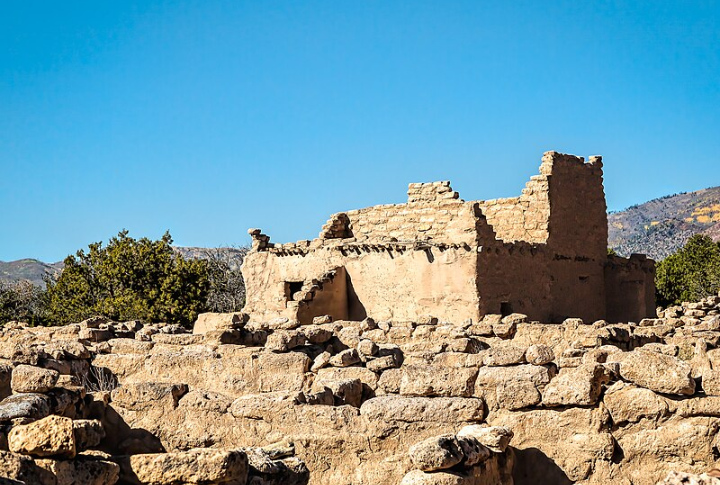
New Mexico’s environments hold more than breathtaking views; they hide stories etched in stone and built from ancient hands. Time may have softened walls and scattered footprints, but history lingers in every ruin. If you’re ready to step into the past and uncover history’s hidden traces, here are 10 ancient ruins you should explore.
Pueblo Bonito
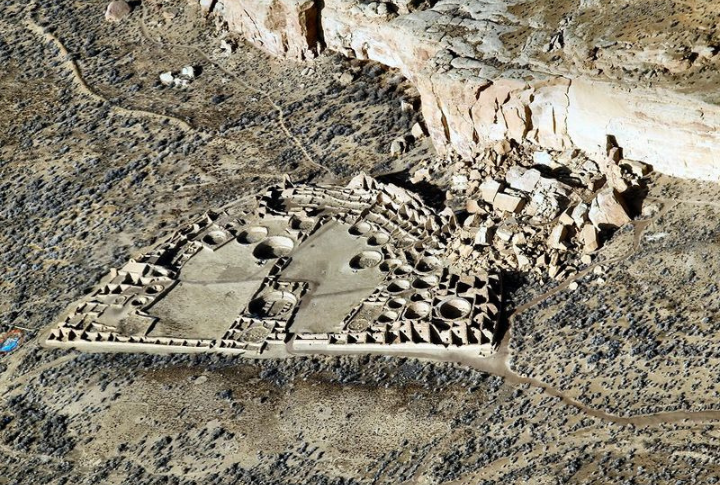
Beneath the blazing New Mexico sun, Pueblo Bonito emerges from the desert, standing as proof of ancient ingenuity. Built between AD 850 and 1150, this 600-room complex showcases walls precisely aligned with celestial events. The Ancestral Puebloans crafted an architectural masterpiece with stone and sand that still inspires awe.
Aztec Ruins
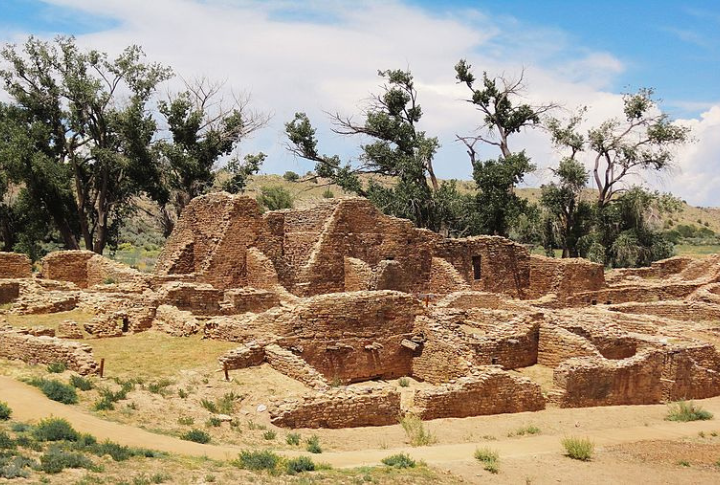
Massive stone structures tell the story of an intricate society that flourished in the 12th century. Despite the misleading name, the Aztec Ruins were built by Puebloans. These structures were named because early European settlers mistakenly named them based on the false belief that they were linked to the Aztec civilization.
Gran Quivira
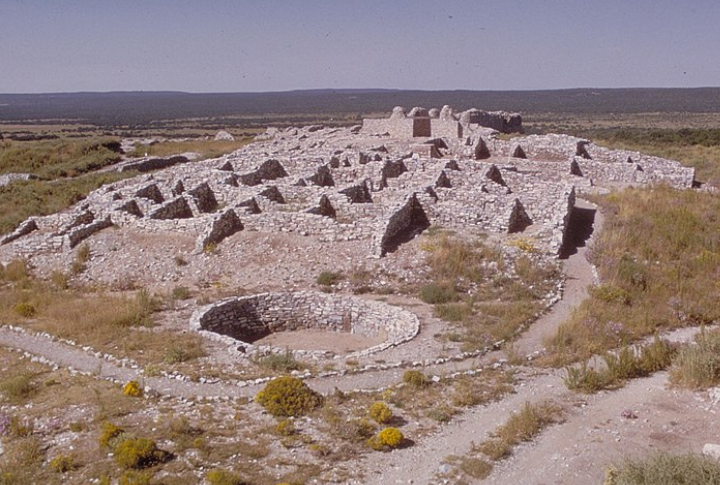
Once, life thrived here, voices filled the air, traders bartered, and ceremonies brought the community together. Then, the Spanish arrived, building churches alongside Indigenous homes. As drought deepened and tensions rose, the people had no choice but to leave, leaving behind ruins that still whisper their story.
Salinas Missions
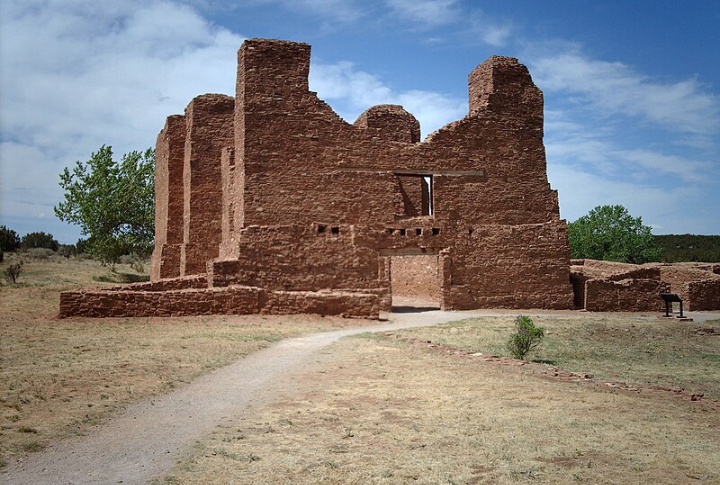
Three Spanish mission sites—Quarai, Abo, and Gran Quivira—hold the remains of a complex past. Within these 17th-century settlements, Puebloan villagers and Franciscan priests coexisted, blending Indigenous and European traditions. However, as drought deepened, communities were forced to leave. Yet, even in ruin, the towering stone churches stand resilient.
Bandelier
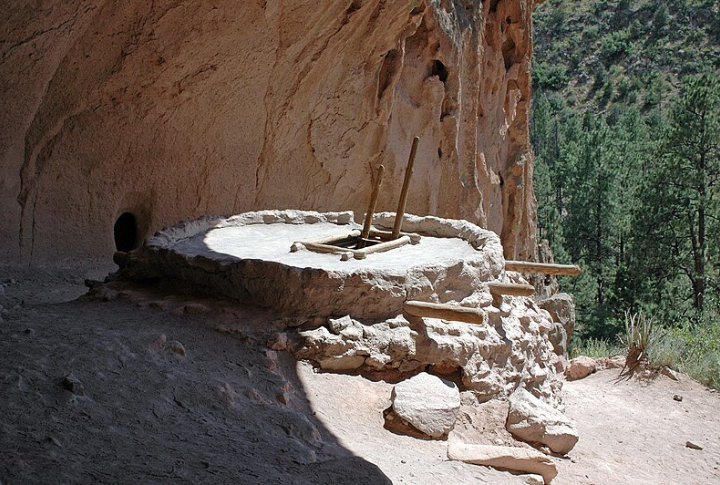
Hollowed-out volcanic rock forms the homes of a once-thriving community. For over 400 years, families slept in these caves while storing food and tools within stone walls. Wooden ladders still connect the spaces, and ancient foot trails, worn smooth by generations, whisper stories of a thriving past.
Gila Cliff Dwellings
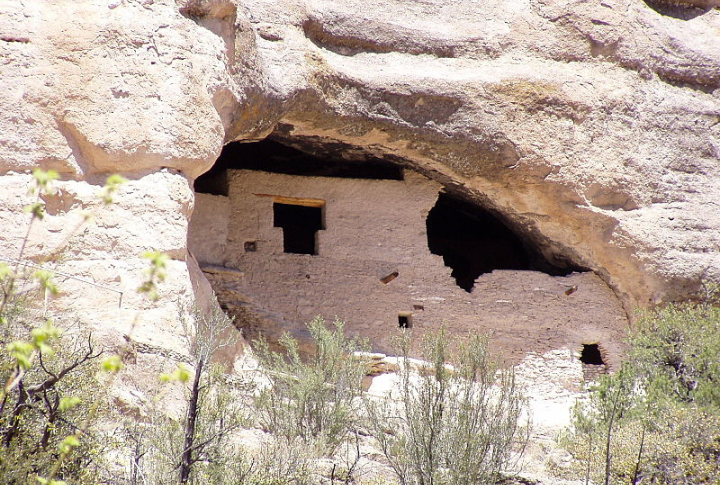
These 13th-century dwellings, perched high in rugged caves, offered both security and shelter. Deep within the Gila Wilderness, the remarkably intact structures prove a community deeply connected to its land. Archaeologists have uncovered pottery and corncobs, which provide insight into the Mogollon people’s resourcefulness.
Chaco Canyon
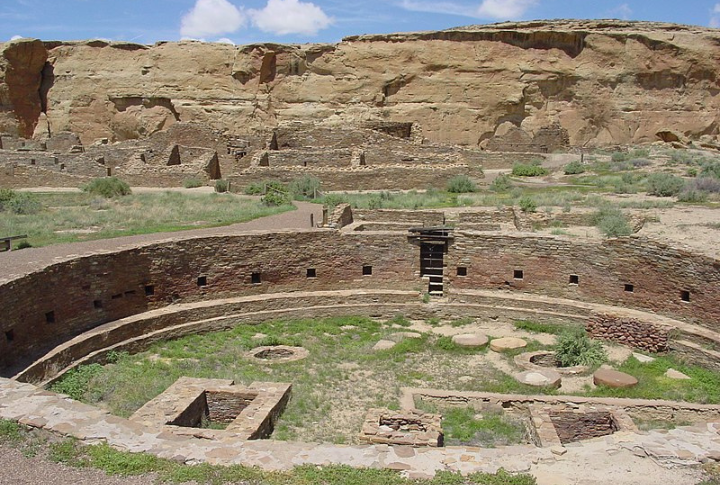
How did an ancient civilization thrive in the heart of the desert? Between AD 900 and 1150, Chaco Canyon evolved into a powerful political and ceremonial center. With multi-story buildings, carefully engineered roads, and connections to distant settlements, it became a hub of trade and knowledge that shaped the ancient Southwest.
Puye Cliff Dwellings
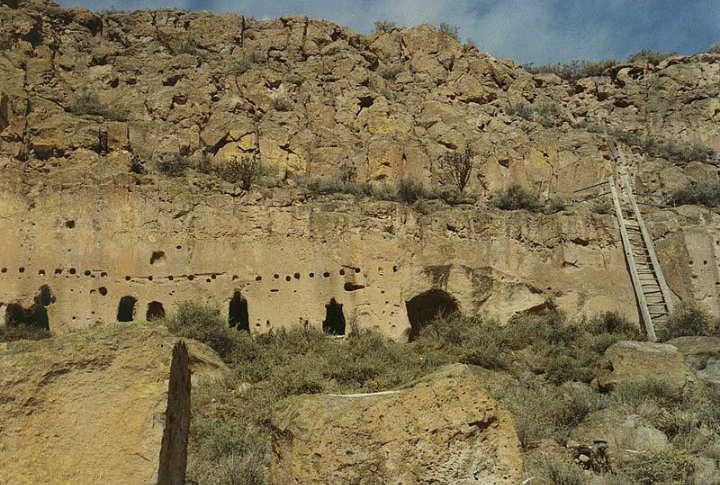
A maze of rock-cut stairways and terraces winds through the remains of a once-thriving settlement. For centuries, 1,500 ancestral Puebloans carved homes into the soft volcanic tuff, adapting to the rugged mesa terrain. Trade routes connected them to distant cultures, but by the late 1500s, they moved on.
Pecos Pueblo
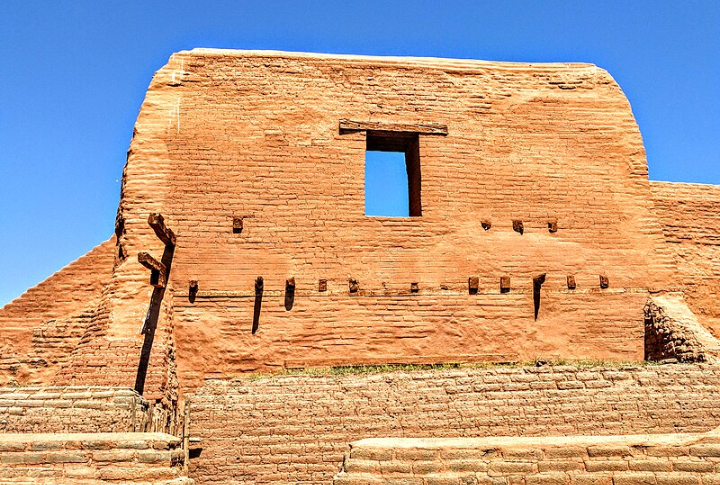
Did you know that for over 500 years, Pecos Pueblo flourished as one of the largest settlements in the Southwest? Strategically located between the Plains and the Rio Grande Valley, it dominated trade routes. Now, red clay walls and a Spanish mission stand together, telling a story of two worlds forever intertwined.
Jemez Historic Site
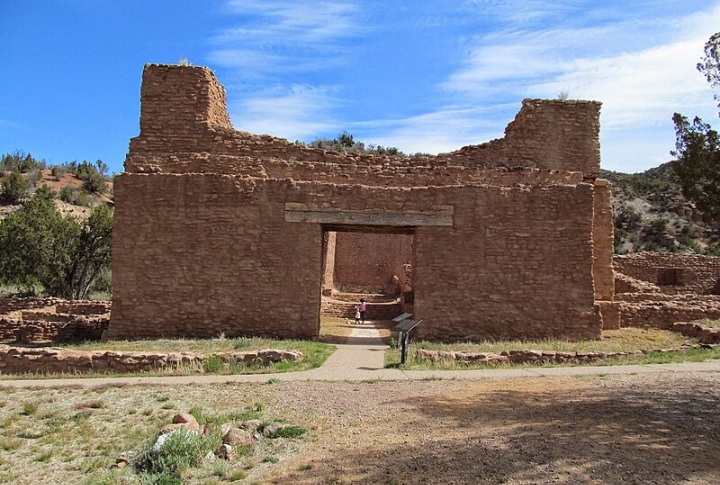
For generations, the Hemish people, ancestors of today’s Jemez Pueblo, flourished on this site, where they practiced sacred traditions and farming the land. In the 1600s, Spanish missionaries arrived, constructing the grand San Jose de los Jemez church, forever altering the cultural environment.
